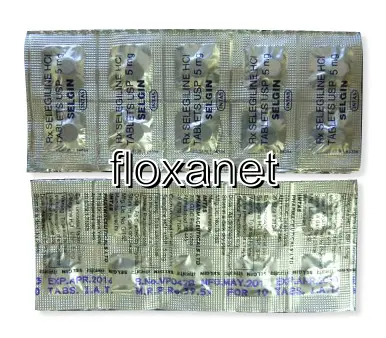| Package | Dosage | Price | Price per Dose | |
|---|---|---|---|---|
| Dosage: 5mg | ||||
| 360 pill | 5mg | NZD564.06 | NZD1.57 | |
| 240 pill | 5mg | NZD392.91 | NZD1.64 | |
| 180 pill | 5mg | NZD308.54 | NZD1.71 | |
| 120 pill | 5mg | NZD231.40 | NZD1.93 | |
| 90 pill | 5mg | NZD188.00 | NZD2.10 | |
| 60 pill | 5mg | NZD142.20 | NZD2.36 | |
| 30 pill | 5mg | NZD86.76 | NZD2.89 | |
| Dosage: 10mg | ||||
| 240 pill | 10mg | NZD537.54 | NZD2.24 | |
| 120 pill | 10mg | NZD272.38 | NZD2.27 | |
| 90 pill | 10mg | NZD214.52 | NZD2.39 | |
| 60 pill | 10mg | NZD149.43 | NZD2.51 | |
| 30 pill | 10mg | NZD79.53 | NZD2.68 | |

Selegiline Description
Overview of Selegiline
Selegiline is a medication primarily used in the treatment of Parkinson's disease and certain types of depression. It belongs to a class of drugs known as monoamine oxidase inhibitors (MAOIs). By inhibiting the activity of the enzyme monoamine oxidase B (MAO-B), Selegiline increases the levels of dopamine in the brain. This action helps improve motor symptoms in Parkinson's or elevate mood and alleviate depressive symptoms in other patients. Selegiline is available in various formulations, including tablets, patches, and capsules, allowing flexibility in administration based on medical guidance.
How Selegiline Works
The mechanism of Selegiline involves selectively blocking MAO-B, an enzyme that breaks down dopamine. Elevated dopamine levels help to restore the balance of neurotransmitters in the brain, which is disrupted in Parkinson's disease. Unlike non-selective MAOIs, Selegiline has a lower risk of dietary restrictions and side effects when used properly. It is often used as an adjunct therapy alongside other Parkinson's medications or antidepressants, enhancing their effectiveness. When used in depression, Selegiline may improve motivation, energy, and overall well-being by boosting monoamine levels.
Benefits and Effectiveness
Many users report that Selegiline provides noticeable improvements in motor control and daily functioning. Patients with Parkinson's often experience reduced tremors, rigidity, and bradykinesia after starting treatment. In depression, especially atypical or treatment-resistant cases, Selegiline can offer relief when other medications have failed. Its ability to cross the blood-brain barrier efficiently allows it to act directly on brain enzymes, resulting in a relatively rapid onset of action. Some patients also find it beneficial in slowing disease progression, although more research is ongoing in this area.
Possible Side Effects and Precautions
Like any medication, Selegiline can cause side effects. Common reactions include headaches, dizziness, nausea, and dry mouth. Some users may experience insomnia, especially at higher doses. Because it affects neurotransmitter levels, there is a risk of hypertensive crisis if combined with certain foods or other medications that increase tyramine levels. Therefore, dietary restrictions are often recommended during treatment. It is essential to inform healthcare providers about all current medications to avoid interactions. Serious side effects are rare but may include hallucinations, agitation, or allergic reactions. Precaution is especially important for individuals with liver issues or cardiovascular conditions.
Usage and Dosage Guidelines
Selegiline should be taken exactly as prescribed by a healthcare professional. The dosage varies depending on the condition being treated and the patient's response. Typically, for Parkinson's disease, initial doses are low and gradually increased to minimize side effects. For depression, transdermal patch formulations are preferred for their ease of use and lower risk of dietary interactions. Patients are advised to adhere strictly to dietary restrictions and report any adverse reactions promptly. Regular monitoring by a healthcare provider ensures safe and effective management of the condition.
